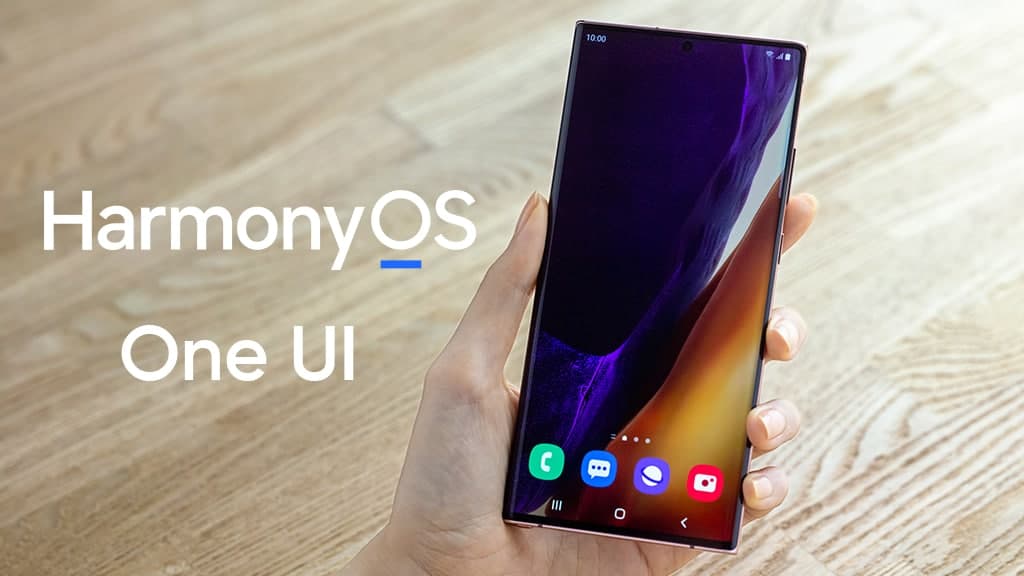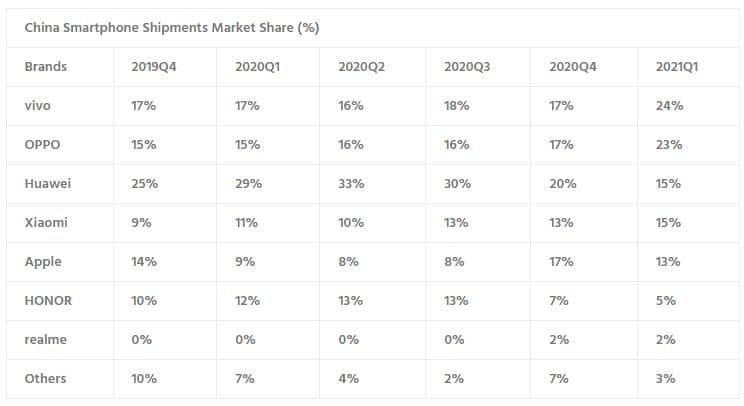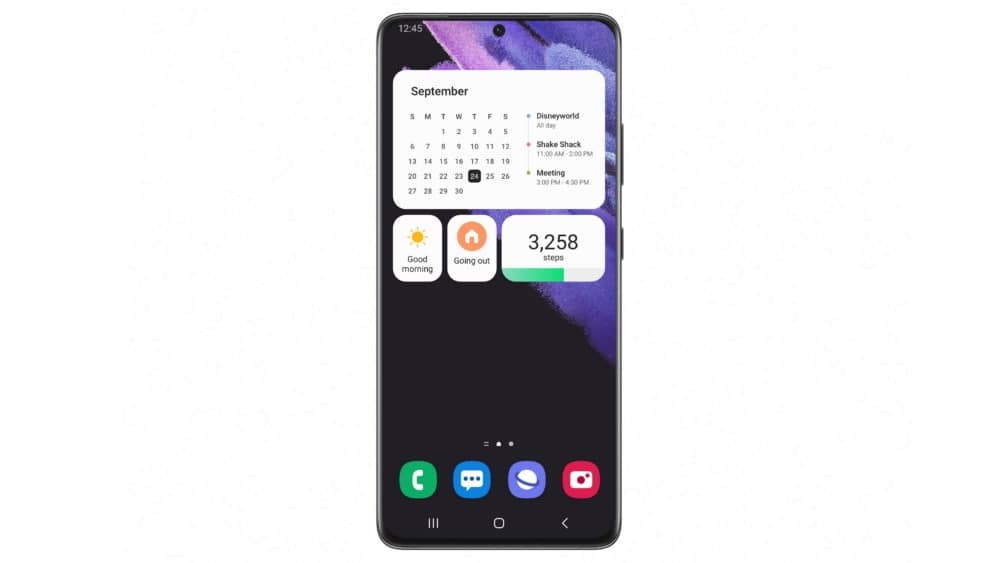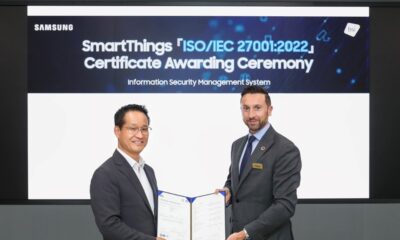News
Samsung One UI could use Huawei HarmonyOS instead of Android?

Samsung is the king of the smartphone world, and anyone who knows about the phones surely has seen Samsung devices at least once. However, a few of our readers have come up with a strange question and it’s related to the Chinese market and it’s making sense. So, cutting directly to the chance what would you say if Samsung One UI base on the Huawei HarmonyOS instead of Android? Let’s get into this discussion.
A user today shared a good query to us and asked whether Samsung will install HarmonyOS on its smartphone and what will be the impact of this new inheritance. So, we reach out to a HarmonyOS specialist and one of our colleagues on this matter (anonymous).
So, in this article, we’ll try to explore and present a view along with a good opinion of a specialist on this matter. The matter of our discussion will be based on the following key points.
- HarmonyOS
- Huawei and Samsung
- Chinese market
- Collision with Google
To be mentioned, we’ll be focusing on Samsung’s market in China, which is empowering its competitors in the global market. Here, we’ll also put some light on the area that Samsung could achieve by using HarmonyOS and dropping Android for a specific market.
Time to jump in…
What is HarmonyOS:
HarmonyOS, also known as Hongmeng OS in China, is designed as a multi-kernel architecture base operating system. The main layer of this software has a special IoT technology that allows it to establish a connection among different devices and control them from a single phone.
However, some reports (Arstechnica) have already criticized this software for being an Android Copy + Paste invention.
Huawei said HarmonyOS is open-source software and the Chinese phone maker has said that this OS is ready to be used by other phone makers. Still, Huawei’s operating system and its app ecosystem are far from being complete or compete against the world-renowned – Android, in terms of the application ecosystem outside of China.
“App ecosystem doesn’t “matters” in China, bloatware works,” our colleague told
It’s quite true, Google apps don’t work inside China. Therefore, every app there works alone, which means, each app has its own ecosystem (services) that directly connect users and store its data. Therefore they don’t rely on other apps to work and it has no connection with Google at all or the core Android services.
Therefore, all you need to do is to load an APK file and install it. That’s it!
That’s why the Chinese phones don’t require to have Android certificate and so does HarmonyOS.
Talking short, we’ve experienced the HarmonyOS software on a Huawei smartphone by ourselves. The task execution is fast and the task handling is very efficient. The overall user interface is pretty unique and provides a fast experience that won’t disappoint you if you don’t like to use Google apps.

So, we can get something good out of this if Samsung gets on the HarmonyOS train without worrying about Android because GMS won’t do anything in the Chinese domain.
Samsung in China
Samsung has been alienated from China for a long time, its market share in the smartphone market has been destroyed by the local companies and is now hugely controlled by phone makers including – Xiaomi, Vivo, Oppo, Realme, and Apple.
The South Korean phone maker had tried different strategies to gain momentum in China but continues to face failures up until now.
According to the information, the Chinese smartphone industry is now at its worst state for the South Korean tech giant. Counterpoint data shows, Samsung, known as the leader in the global smartphone market, is nowhere to be seen in the top smartphone maker and has been listed under “others”.

The collapse of Samsung in China is real and it’s a big slap on its success on the global stage.
But why the Chinese phone market is important?
Simple, it’s the hub of the world’s biggest smartphone consumers that has no boundaries when it comes to smartphone manufacturing as well as consumption.
In the beginning, Samsung held all of the cards in its pocket (full of profit), when the Chinese phone maker wasn’t there. However, with the evolution in the Chinese tech industry, more and more phone manufacturers have emerged and Samsung started fading.
The best instance of this example is Huawei. This Chinese company topped the list of the Chinese market for years, the Chinese phone consumers’ enthusiasm as well as their patriotism heavily supported this brand to dominate the industry.
“The biggest example of the Chinese smartphone market is clearly there. Huawei maintained its second spot in the global market even after being unable to produce new units for around a year (after U.S. sanctions). All because of the help of the Chinese market share that kept the company on the top of the list with ‘handicapped’ ability.” said the anonymous.
The challenge to Samsung:
Samsung is the current leader in the Smartphone industry but for how long? Xiaomi is catching up pretty fast, while Apple maintained its sales as usual. We don’t need to go deeper into this matter, just take a look at this example below:
- Xiaomi has China + Global markets = Increase (Everything to gain)
- Samsung only has Global markets (Everything to lose + Challenges + Pressure to defend the title)
The phone makers have everything to lose and nothing to gain and the roots of this cause are related to the Chinese market.
Huawei and HarmonyOS:
Huawei has been sanctioned by the U.S. in May 2019 and forced to give up on smartphones equipped with Google Mobile Services (GMS). Thereafter, its market began to collapse and users have been unable to access their required services due to the lack of apps they are used to for daily tasks.
Huawei’s smartphone market has been suffered a great loss but its reputation has been managed even until last year when the phone maker has been prohibited from printing new chipsets through chipmakers such as Samsung Foundry and TSMC.
Since Huawei cannot build new devices like before, it wants to expand its footprints in the software industry starting with the HarmonyOS operating system that has been donated to China’s OpenAtom foundation that manages the open-source code. Here we can confirm, Yes! HarmonyOS has the ability to become a base operating system for Samsung One UI (only for the Chinese market).

Thereafter, Huawei could freely promote Samsung among Chinese people.
One thing to rest assured is that this strategy may fail but why not try it when you are working on a “loss = 0” equation? You’ve already lost in the world’s biggest smartphone market, just get it… straight.
Why HarmonyOS?
A report mentioned (via HuaweiCentral) that Huawei is now pursuing a different strategy. This phone maker is selling “third party” phones in its stores. That’s not it, this Chinese company also owns the biggest smartphone stores and service center across the Chinese territory, which is undeniable.
“You cannot deny that Huawei is still a driving force of the Chinese tech industry including Telecom to the consumer market. Where it goes, the Chinese follows.” said anonymous
So, Huawei is looking for something to relieve its smartphone division that is completely destroyed by the U.S. sanctions. However, the search for a big HarmonyOS ambassador is still on and Samsung is the perfect “Traffic Surge”.
“Samsung’s ship in the Chinese (specifically) market has already sunken and it now needs a new strategy that really works. Meanwhile, HarmonyOS is the only option that has the real potential”

The challenge of Samsung starts from the Chinese smartphone industry and makes its way to the global market.
Coming back to the topic, so if, Samsung goes Huawei’s way, it’ll have “high” chances to explore the Chinese smartphone market share. How? As explained above, Huawei needs a big brand ambassador and Samsung could use HarmonyOS based One UI instead of Google’s Android for a specific market but there are dangers in this way for sure.
Samsung and Google:
Samsung’s One UI user interface is known for its simplicity and reachability, making it compact for everyday scenarios. This is a custom software skin that’s based on Android.
Throughout the past years, Google has improved its collaboration with Samsung to the bitter end. The foldable phone series is a great example, Google continues to promote and extend its features for the Galaxy Fold devices and it’s quite been amazing from Samsung’s perspective as well as for the consumers.
So, even though the Chinese market is important for the South Korean Giant, Samsung will have to make a choice and choose wisely so it won’t make its software collaborator angry on the global stage. However, what will Samsung do, when it’ll lose to Xiaomi, just another Google partner that is heading towards the top?
“If Google minds it own business, Samsung should min its own”
Eventually, nothing is certain and it’s up to Samsung to decide whether it wants to use HarmonyOS instead of Android for a specific market and also, how it wants to play against the competitors on the global stage.
News
Here’s why Google Messages replaced Samsung Messages on Galaxy devices

Samsung’s latest foldable phones come with Google Messages by default. The company has now revealed the reason behind this move on Galaxy devices. Samsung says Google Messages replaced Messages to foster RCS adoption.
According to AndroidAuthority, a source explained Samsung’s decision to switch to Google Messages as the default messaging app. The recently released Galaxy Z Flip 6 and Z Fold 6 come with Google Messages with RCS enabled by default.
Looks like promoting Google Messages on Galaxy devices will boost RCS adoption. Samsung Messages isn’t already installed on newer phones. However, one’s stopping you from getting it on your Galaxy from the Galaxy Store.
While many apps support the RCS feature, Google Messages offer the best user experience. Making it a default messaging app is an effort to boost the adoption of RCS tech. Apple is also preparing to bring RCS chat functionality to iMessage for iPhones.
What Samsung source said:
- Even if messaging apps follow the RCS standard, the availability may be limited depending on which app the other party uses. That’s why we decided to make Google Messages the common messaging platform, allowing Galaxy users to communicate more freely. This also enables a messaging app to respond to changes of the RCS standard more quickly and efficiently.
Previously, Samsung devices launched in the US came with two messaging apps. This time, the company has removed the Samsung Messages. During the first setup, users are notified that Google Messages is the default messaging application.
News
Samsung SmartThings gets ISO 27001 certified

Samsung SmartThings gained the international standard ISO/IEC 27001:2022 certification. The company has officially announced this major development in its global connected living platform.
SmartThings received ISO/IEC 27001:2022 certification for information security management systems. Certification reiterates that the SmartThings Cloud operates per international standards.
To be certified, a company has to meet the standard across a total of 123 detailed items, including policies for information security, access control for information assets, and incident response.
SmartThings receiving the ISO 27001 certification is the result of our sustained focus on the protection of information in a hyper-connected world with exponentially increasing intelligence.
Seungbum Choi, Executive Vice President and Head of Device Platform Center at Samsung Electronics said “this is just another step in our drive to fortify the platform’s security. We will continue to find new ways to ensure that SmartThings’ personalized services are provided even more safely.”

BSI Prez says that they have recognized that the operation capability and security level of Samsung SmartThings is excellent. It will further boost trust in the SmartThings platform and strengthen business competitiveness.
ISO 27001 is the leading global standard for ISMSs and was established by the International Organization for Standardization. It provides companies with guidance to manage the risks to information assets systematically and achieve information protection goals.
News
Dr.diary fuels Samsung Health with glycated hemoglobin algorithm
Samsung Health app integrated the Dr.diary (Doctor Diary) glycated hemoglobin feature. The blood sugar management platform announced the launch of its glycated hemoglobin estimation functionality on Samsung’s Health application.
According to ETNews, Dr.diary announced the integration of a glycated hemoglobin level feature in Samsung Health. Galaxy users will now be able to check the estimated glycated hemoglobin level provided by Doctor Diary.
To activate the feature, Health app users will have to permit certain conditions of data in the Blood Sugar service. It is worth noting that glycated hemoglobin is a key figure for diabetes diagnosis, which users will find worth using in the Health app.
Established in 2017, Dr.diary is a blood sugar management platform. It analyzes and predicts the changes in glycated hemoglobin using its own algorithm. Earlier this year, the firm secured a patent for “glycated hemoglobin estimation based on blood sugar data table.”
Song Je-yoon, CEO of Doctor Diary, said, “With our predicted glycated hemoglobin level prediction algorithm being installed in Samsung Health, more people will be able to recognize their glycated hemoglobin level and manage their health more efficiently.”

Glycated hemoglobin (HbA1c) is a standardized numerical value of the percentage of hemoglobin, such as hemoglobin, which has been glycated by glucose. Glycated hemoglobin reflects the average blood sugar level over the past 2-3 months.
Samsung Health (with Wear OS Galaxy Watch) users can conveniently check their estimated glycated hemoglobin level within the app and use this information to manage their blood sugar levels through diet and exercise.












